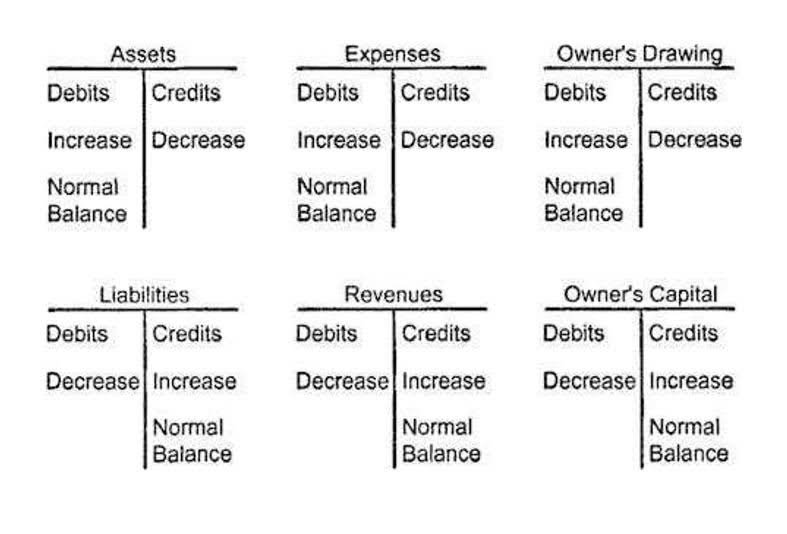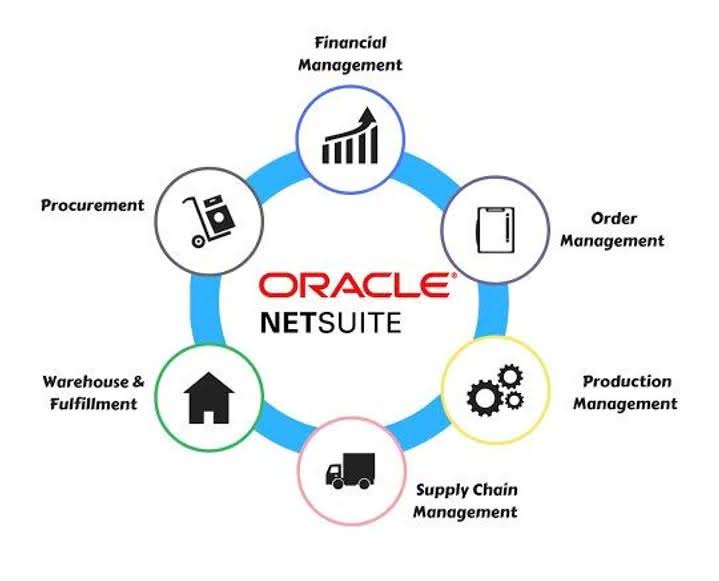
In Chapter 2, we look at an alternative approach to recording manufacturing overhead called normal costing. Raw materials used in production shows the cost of direct and indirect materials placed into the production process. Cost of goods manufactured represents the cost of goods completed and transferred out of work-in-process (WIP) inventory into finished goods inventory. Cost of goods sold represents the cost of goods that are sold and transferred out of finished goods inventory into cost of goods sold.
Cut costs by renegotiating vendor contracts
With a more secure, easy-to-use platform and an average Pro experience of 12 years, there’s no beating Taxfyle. Knowing the right forms and documents to claim each credit and deduction is daunting. Taxes are incredibly complex, so we may not have been able to answer your question in the article. Get $30 off a tax consultation with a licensed CPA or EA, and we’ll be sure to provide you with a robust, bespoke answer to whatever tax problems you may have. You can connect with a licensed CPA or EA who can file your business tax returns. Access Xero features for 30 days, then decide which plan best suits your business.
Accounting for Manufacturing Businesses
This section will help articulate the demand for your products, the competitive environment, and how your business is positioned to thrive within this dynamic market. Proceed to discuss recent market trends, such as the increasing demand for sustainable manufacturing processes, automation, and advanced materials. For example, highlight the demand for products manufacturing accounting that utilize eco-friendly materials or energy-efficient production techniques, alongside the rising popularity of smart manufacturing. Our manufacturing business plan covers all essential aspects necessary for a comprehensive strategy. It details operations, marketing strategy, market environment, competitors, management team, and financial forecasts.
What to look for in manufacturing accounting software

It also helps coordinate efforts between departments and ensures that all organization’s financial needs are met. With accurate and up-to-date budgeting information, it would be easier for manufacturing firms to decide where to allocate their resources. It ensures that only authorized personnel can initiate and authorize transactions. The accounting department also reviews and approves all journal entries before they post to the general ledger. By performing these five duties, an accounting division can provide invaluable services that keep a business running smoothly and efficiently. Consequently, accounting plays a vital role in Manufacturing by delivering critical information for making sound business decisions.
- This is a costing method that differs from job costing in that it incorporates more indirect costs, such as resource consumption.
- In fact, the IRS previously dismissed this method as inaccurate, only allowing businesses to use it for tax purposes in 2008.
- They also reconcile AP records with the company’s financial statements to ensure that all expenses are accounted for.
- Employees should feel free to ask anyone in the department questions about their assigned tasks.
- And the efficiency with which you perform accounting for manufacturing directly impacts your bottom line.
- Direct materials refer to the raw materials that manufacturers transform into finished products.
Cost of Goods Sold Accounts
Invoicing, financial reporting, and intuitive dashboards are all part of Xero’s benefits, and you can track stock and inventory, too. Bench helps small businesses automate their bookkeeping and accounting processes, which is great for startups and new manufacturing businesses. They provide you with a team of dedicated financial professionals to help you with all aspects of your bookkeeping and accounting, so you can focus on manufacturing. In this tutorial I’m going to show you one of the primary differences when accounting for manufacturing businesses (instead of service or trading businesses). By incorporating these key account categories into your chart of accounts, you can effectively track and manage the financial aspects of your manufacturing business. It’s important to note that the specific accounts within each category may vary depending on your business’s unique needs and industry requirements.
What Does the Accounting Department Do With Accounts Payable (AP)?
Financial accounting focuses on reporting an organization’s financial information to external users such as shareholders, creditors, and regulators. Accounting is one of the most critical departments in any industry, including manufacturing. With accurate and up-to-date information https://www.bookstime.com/ from the accounting department, it is possible to make informed decisions about the company’s future. Of the total raw materials placed in production for the year, $12,000 was for indirect materials and must be deducted to find direct materials placed in production.
These different methods can impact inventory costs and COGS as raw material prices or markets fluctuate, especially for longer manufacturing processes. A manufacturer may produce those raw materials internally or purchase them from a supplier, but procuring raw materials is the first step. These are referred to as direct materials and are typically itemized in a streamlined bill of materials. They sell goods, employ people, use equipment and facilities, pay vendors, and receive money from customers.
Best Practices for Managing the Chart of Accounts
Since then, many other industries have come to regard removing waste from their processes as beneficial to the bottom line. Tickmark, Inc. and its affiliates do not provide legal, tax or accounting advice. The information provided on this website does not, and is not intended to, constitute legal, tax or accounting advice or recommendations.








